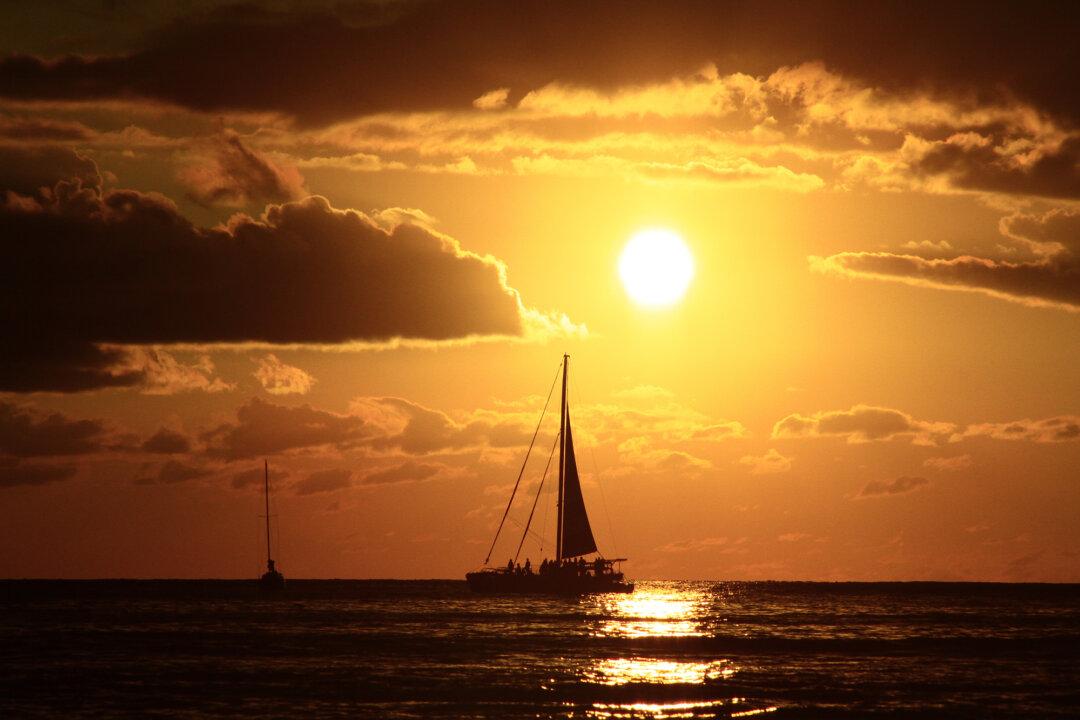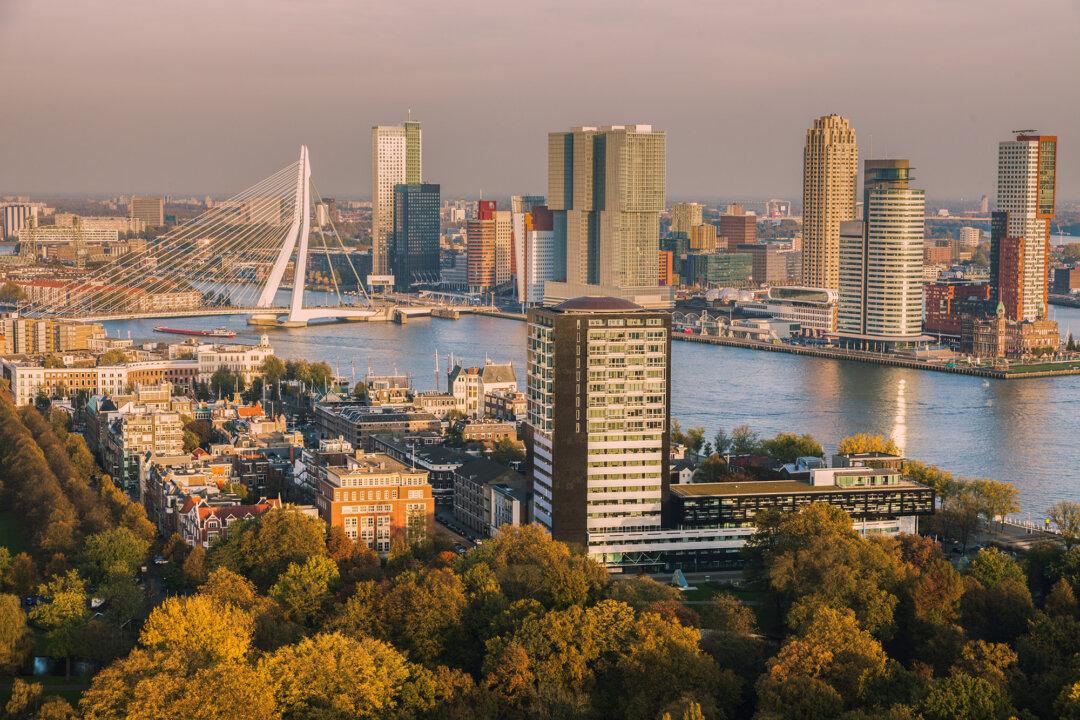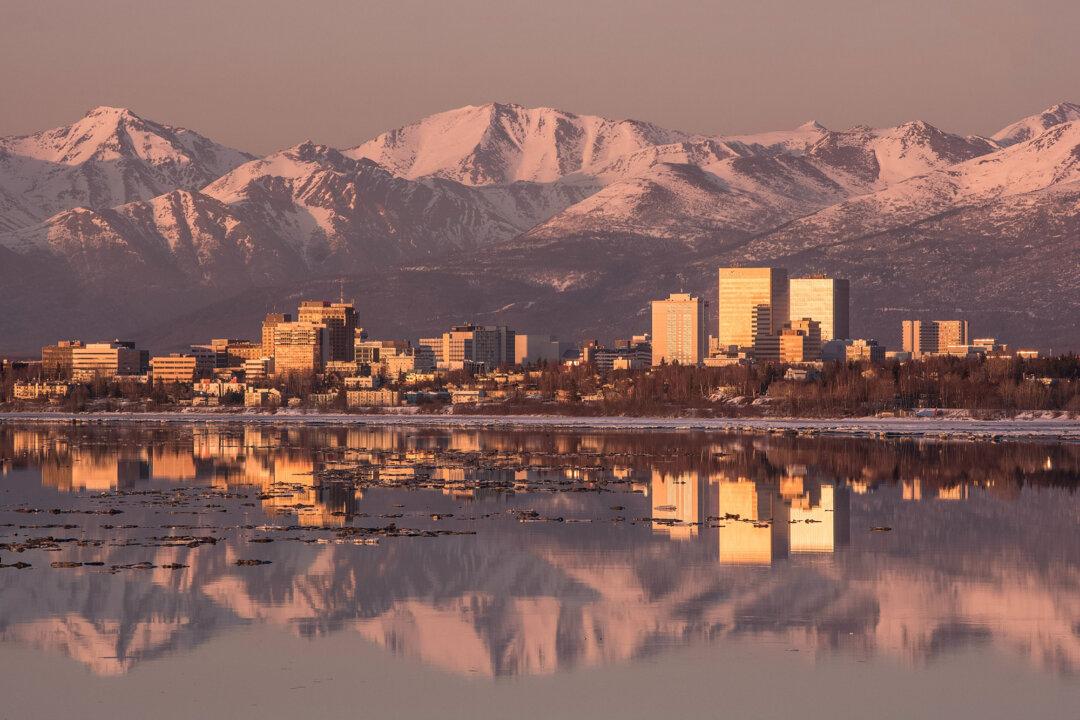The streets of Quito can be chaotic at the best of times. Rolling out from the heart of this high-altitude city, a place where the heart quickens and your breath gets short, real fast—we only climbed. Soon enough, we found ourselves in the clouds.
Literally. Turning off the main highway, we curled up a dirt road, riding switchbacks further and further into a lush, dense rainforest. Higher and higher. It had been summery and bright back in Ecuador’s capital, but here the temperature was chilly. We were briefly delayed by a sudden traffic jam—cows on the road, with a few enthusiastic dogs and a solitary, weary-looking farmer trying to move them out of the way.





